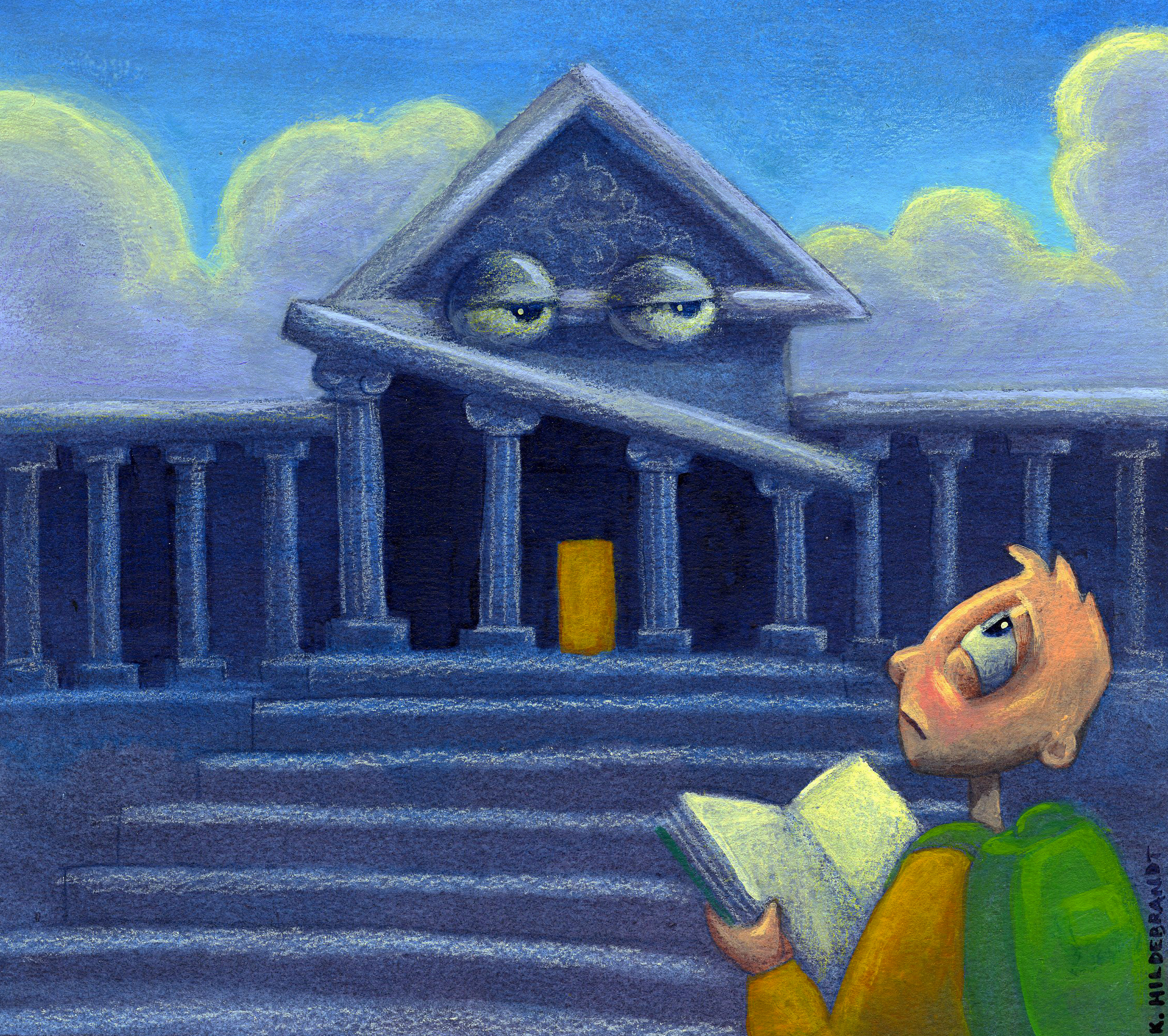Napoleon’s toothbrush, a chastity belt, and a collection of prosthetic limbs.
If you think these would make for an interesting museum experience, you’re right. But you’ll have to go beyond the Louvre or the Smithsonian to see this display: it’s found in the Wellcome Museum of curious medicine in London.
When museums are mentioned, most people think of huge art galleries. Though visiting famous art collections gives the viewer the advantage of being able to say “I’ve seen that!” or “I’ve been there!” the reality is that racing through room after room filled with paintings can be overwhelming.
Maximize your museum experience with a small museum that interests you. Here are a few tips to help you rethink your attitude toward museums, whether they’re across the city or across the world.
Branch out
Don’t drop into a museum just to see a famous painting that doesn’t interest you. Amanda Baird readily divulges her experience from a study abroad in London, where she learned that there are museums on all sorts of topics. “If you’re interested in it, then you’ll find it’s really exciting,” she says. Specialty museums can dive deep into narrow interests—sometimes maybe a little too deep in the case of Napoleon’s toothbrush.
If your interest is piqued by curious medicine, visit a museum on medicine through the ages. If the thought of seeing a display of brains and body parts makes you faint, go to a museum of anthropology to see the Mayan traditions, or try a museum on cinema to see technological advances in film.
Check out the website
If you can, visit the museum’s website beforehand and read up on the exhibit you’re interested in. Dawn Pheysey, a curator at the Brigham Young University Museum of Art, says that there is usually a thesis or a concept behind an exhibition, so taking the time to learn what the concept is beforehand can deepen your understanding and appreciation.
Look on the website for other available opportunities at the museum. There may be guest speakers, special tours, or interactive activities that introduce the exhibit and its purpose. These opportunities are specially planned by the curators and museum staff. Let them enhance your experience.
Use your resources
If you know someone who is passionate about the exhibition, get that person to go with you. Tagging along with someone who knows and loves the subject—who gushes over the displays—can bring enough excitement for a whole group.
If you don’t know an expert, use the information available at the museum. Talk with the staff. Read the text panels. You don’t have to read every one, but seek out details on those displays that, to you, are the most intriguing, beautiful, or strange.
Connect with the museum
Either take advantage of interactive activities the museum offers, or challenge yourself to create your own. You may have seen artists sitting and sketching at a particular exhibit. Try it! Or write a poem about something you see that resonates with you. Connect with the exhibit, try to understand it better, and let the museum connect with you.
If that doesn’t appeal to you, play a game on the sly. Baird admits to sometimes playing a game where she pretends the museum is burning down. “Pick one item that you would save from the fire and one that you would throw in the flames because you hate it.” Or as another study abroad student, Emily Horton, suggests, start at the gift shop. “Pick out a couple postcards, then you go through the museum finding the displays on the postcards.” Focus on the experience that will be the most fun for you.
Go back
Think about what you have seen and then go back. As David Pennock, executive director of the Museum of Idaho, says, “Going to a museum is not an event. It’s a learning opportunity.” Go, think about what you saw, and then go back with a different perspective.
Museums can be entertaining, inspiring, weird, wondrous, thought-provoking, or even fun. Boring, however, should not be the first adjective that comes to your mind. Imagining Napoleon brushing his teeth might be a little repulsive, but definitely not boring. Rethink your attitude about museums—plan beforehand, have fun during, and go back later. Before your next big trip, you might practice maximizing your museum experience by visiting an obscure local museum. Just don’t be shocked when you want to go back a second time.
—Kaitlyn Sullivan Hedges




Great ideas, sometimes museums can really be overwhelming. I don’t know why I never thought of researching museums’ exhibitions online before going to them. I wish I would have thought of that before tackling five hours at the Louvre.
I loved this article! I am guilty of going to the obvious museums, but I am always wondering where else to go. Now I know a little bit more than I did before.
It’s so true—there are museums for just about anything. I wish I had read this before my last trip so I would have realized that museums have a “thesis,” so to speak. And to look for special events. Those two details alone would have enhanced my experience with museums abroad.